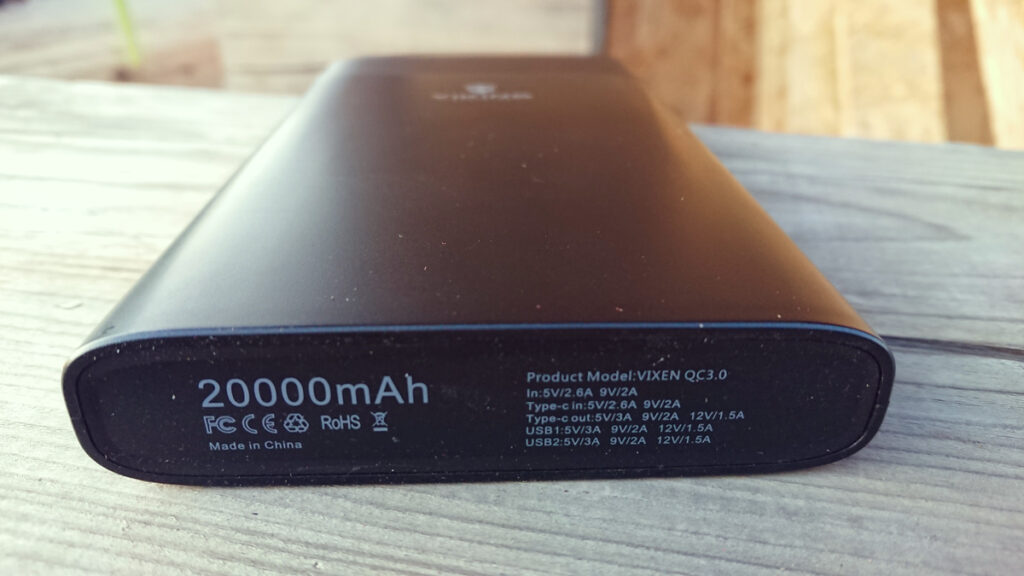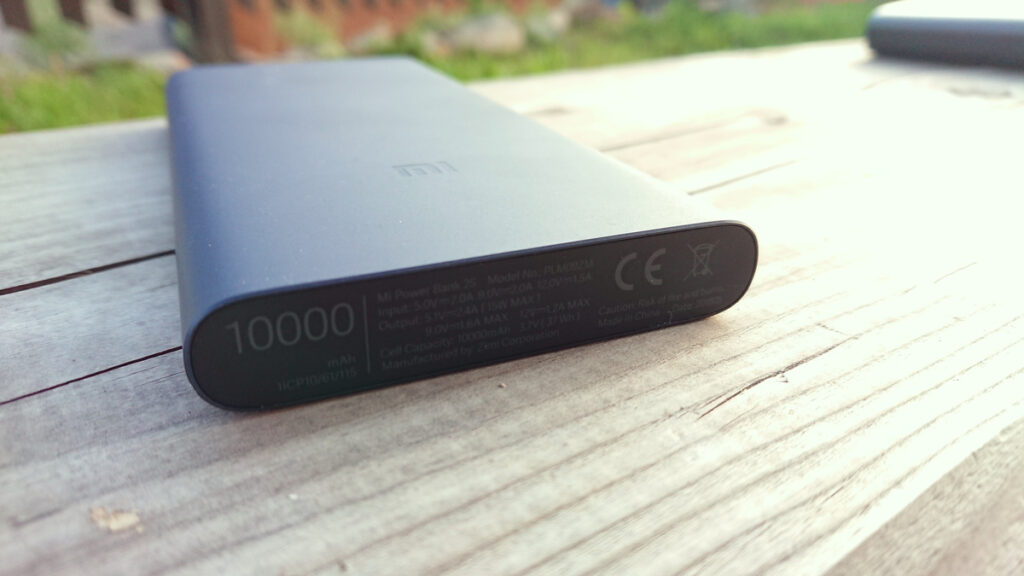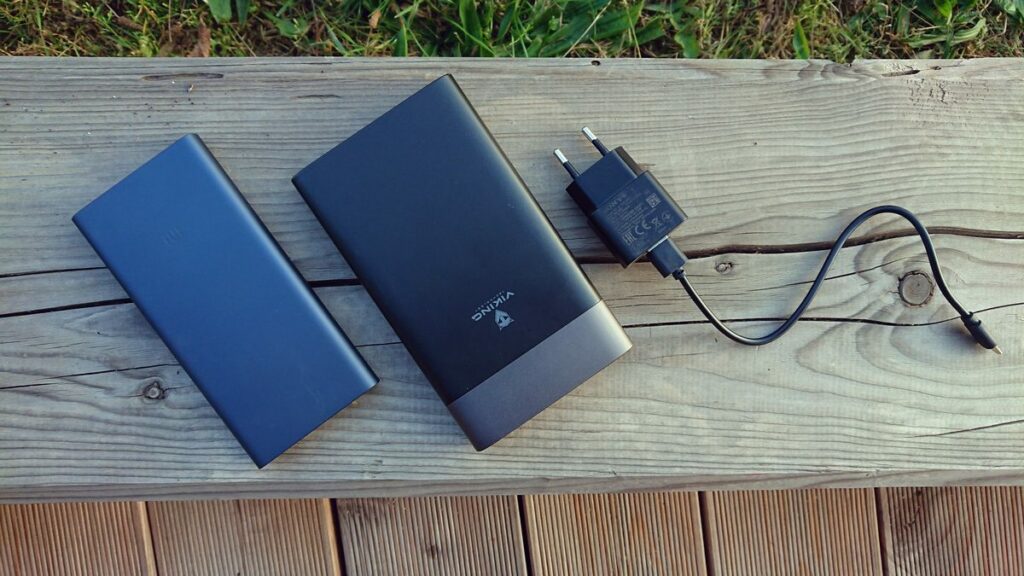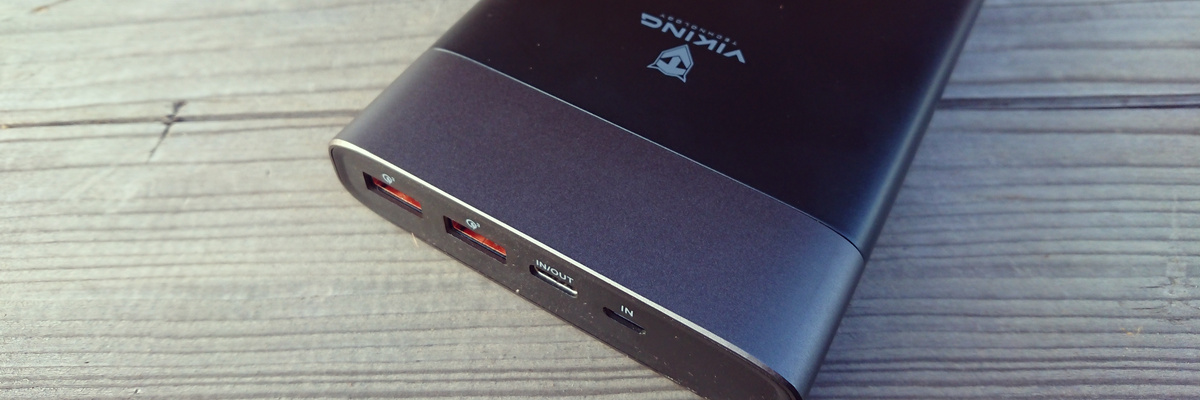Xiaomi Mi Power Bank 2S 10000mAh Quick Charge 3.0 vs. Viking Vixen QC 3.0 20000mAh
A problem and a solution
Recently, on a short multi-day trip in the camps and mountains, we had a serious issue while sitting on a toilet. No battery left on the phone! Solution: Powerbanks.
More recently, whilst sitting on a toilet with a phone attached to a powerbank, BOOM, next problem. Powerbank empty. Solution: SUN.
Solution #1 Powerbanks
While there are a number of different vendors and different products have a wide variety of bells and whistles, a powerbank can and should be judged by its main characteristics:
- capacity and the ability to deliver it
- versatility
- re-charge abilities
- size and weight
- bang for buck ratio (a.k.a does it pay off?)
Let’s get the first list a little expanded here, shall we?
Capacity
The capacities are written in mAh (milli-ampere-hours). This means how many milliAmperes the device is able to deliver in an hour (and throughout the hour). The most common sizes nowadays are the 10000mAh and 20000 mAh sizes. This would in theory mean they can deliver 10A for a total time of 1 hour. Or 5A for two hours (20A/1h or 10A/2hr for the 20000mAh model respectively), or…. you get the idea.
Now we’re getting into a slippery territory, because the capacities are only theoretical and are derived from the values that the batteries inside the powerbank are rated by the manufacturer, not the real-life situations. This in reality means, that the real results would differ a lot, like delivering 2A in the time-frame of 8 hours, instead of 10. The other aspect of why these values are quite deceiving, is that the manufacturers sometimes omit the value of voltage, at which we draw those amperes. Just look at this…

Of course, there are some manufacturers, that do specify that – and to be honest most of the manufacturers just base this off the capacity of the battery used. Most of the batteries are Li-Po or Li-Ion batteries that have an average voltage of 3.7 volts. Tadaa:

Let’s do a little math here. Let’s assume you are charging a 5V device. See? not 3.7, we need to calculate with 5V. Now let’s assume the device would charge for an hour, with 2A. That would be 2A * 1hour = 2Ah or 2000mAh (at 5 volts). If we want to express that in Wh, we get 2Ah * 5V = 10Wh. So the capacity of the bank has decreased by 10Wh out of 37Wh (according to the last picture above). So we are at 27Wh left. Which translates into 7.297Ah or 7297 mAh. And this is without the losses, which normally account for 5-25% loss. So worst case scenario, your power bank is now at 6621mAh, which is 66.2% of the original capacity.
Versatility
Can it charge anything and everything? What ports are on it to charge things. What ports are there to charge the bank? At what rates can it charge? Does it support fast charge? Multiple specifications? USB-C (5/9/12V)? All these things need to be asked before you dive in to buying one of these.

Re-charge
How fast can it do that? USB-C (with PD – power delivery) specifications say it can go up to 100W worth of transfer. Nice to have, is it needed though? You pay for it. If you are OK with charging the bank over night, skip the extra bells and whistles.
Size and weight
For trekking, I’d choose the 10000mAh Mi version, simply because it is so small and light. The bigger ones might have more energy inside, but are bulkier as well.

Bank for buck – rentability
You want the best price to power ratio, don’t ya? The best thing to do first is setting your priorities, the musts and nice-to-haves. In the end, the results can vary a lot. Mi and Viking, 100% increase of energy in favor of the Viking, but ~200% increase in cost. Mostly due to ports, capabilities and branding, but I wanted to have a USB-C for charging as well, so…
There are some additional parameters, which could be considered as secondary, but beats me, some of us might think these are the most important things here:
- style, modafaka
- finish
- fancy displays and tools
- other, non-essential gadgets, such as a lamp, gps, radio, whatever
- weather sealing (controversial)
I’ll just mention weather sealing here. It is a good thing to have, but all in all, if you are in a moitst environment for a longer period of time, no weather sealing will help you keeping the high humidity out and you’ll have it in the device eventually. Ziplock bags are a good protection – just some food for thought.



